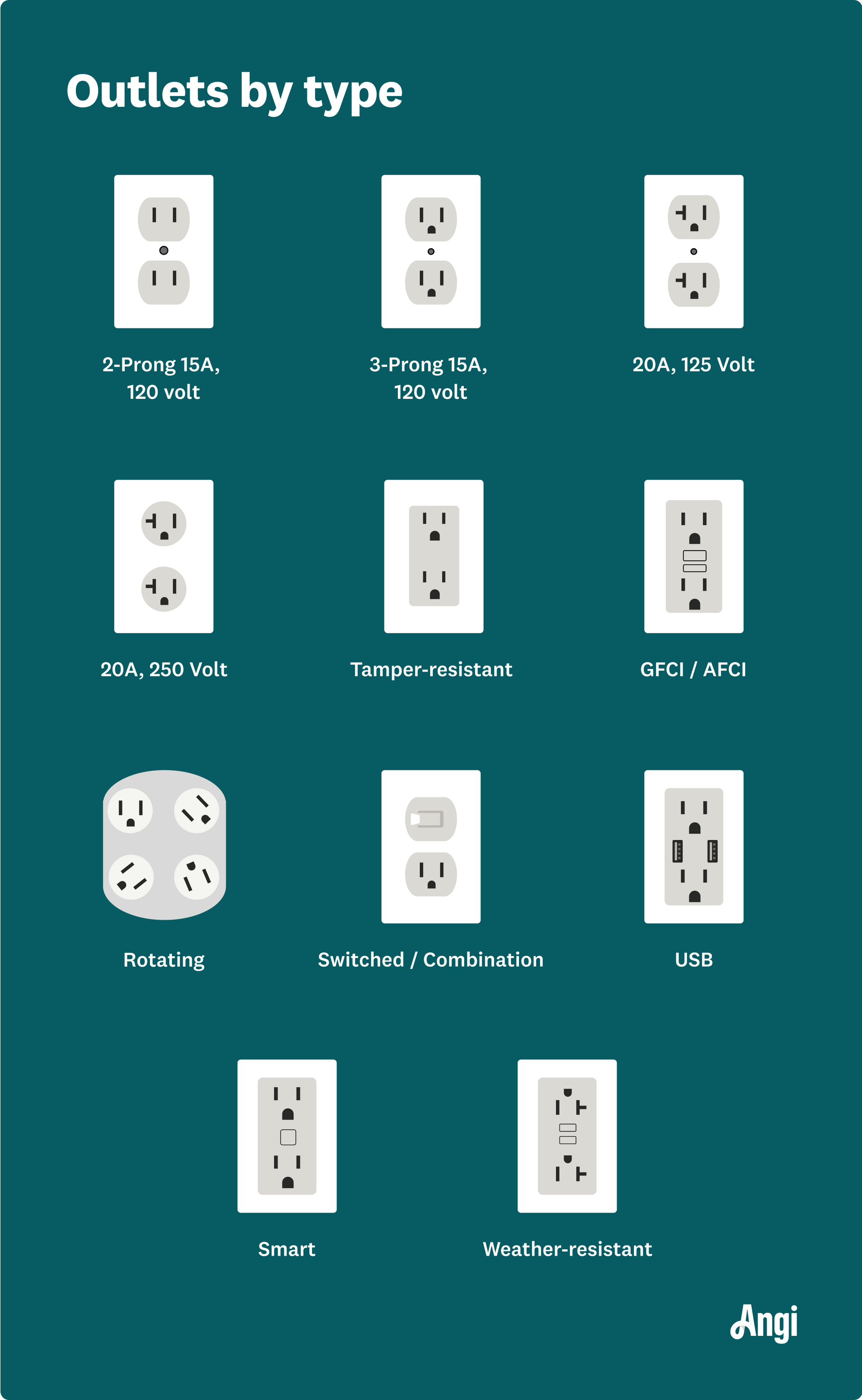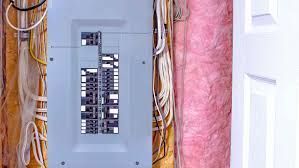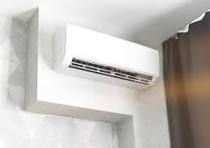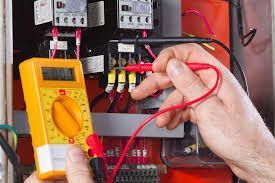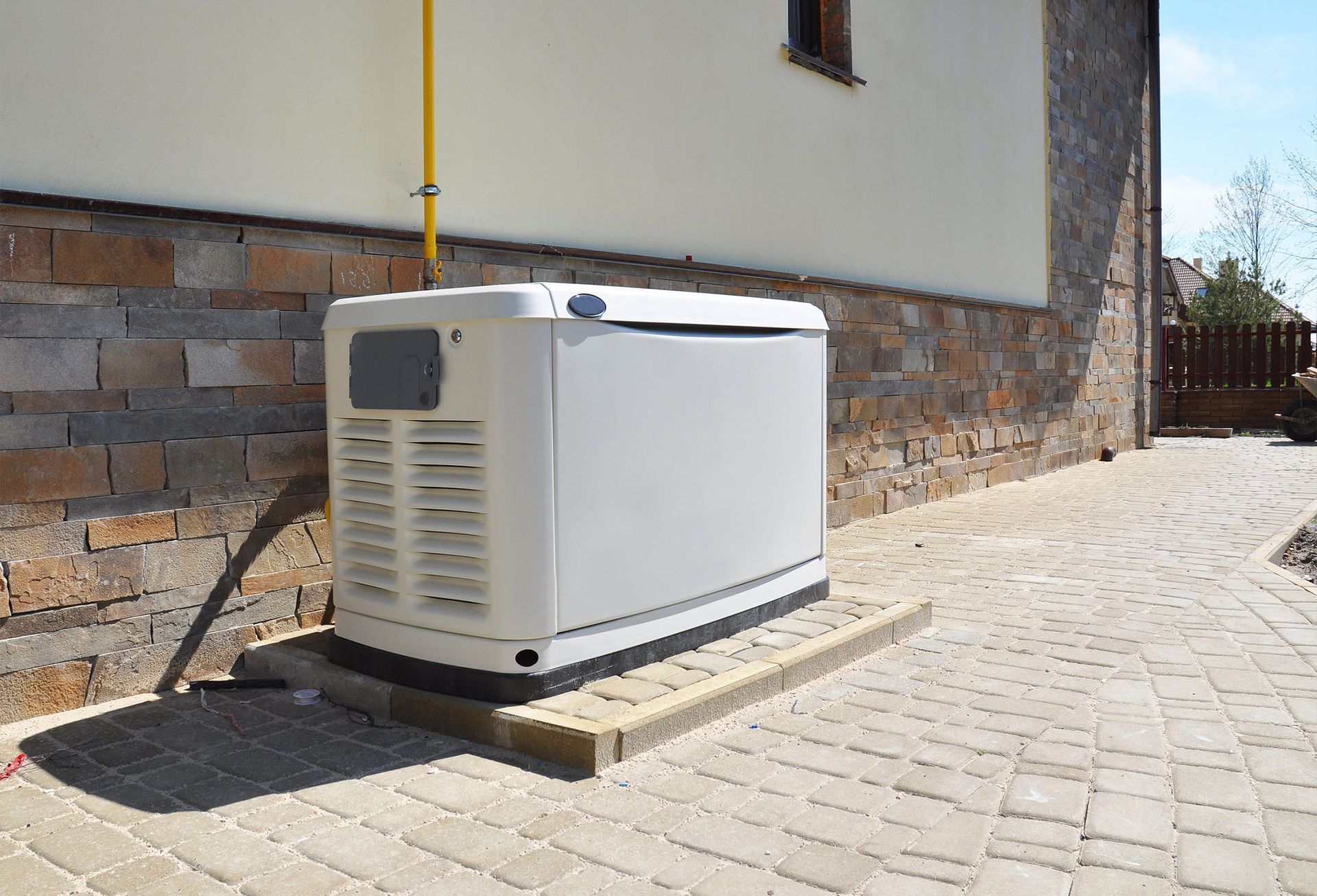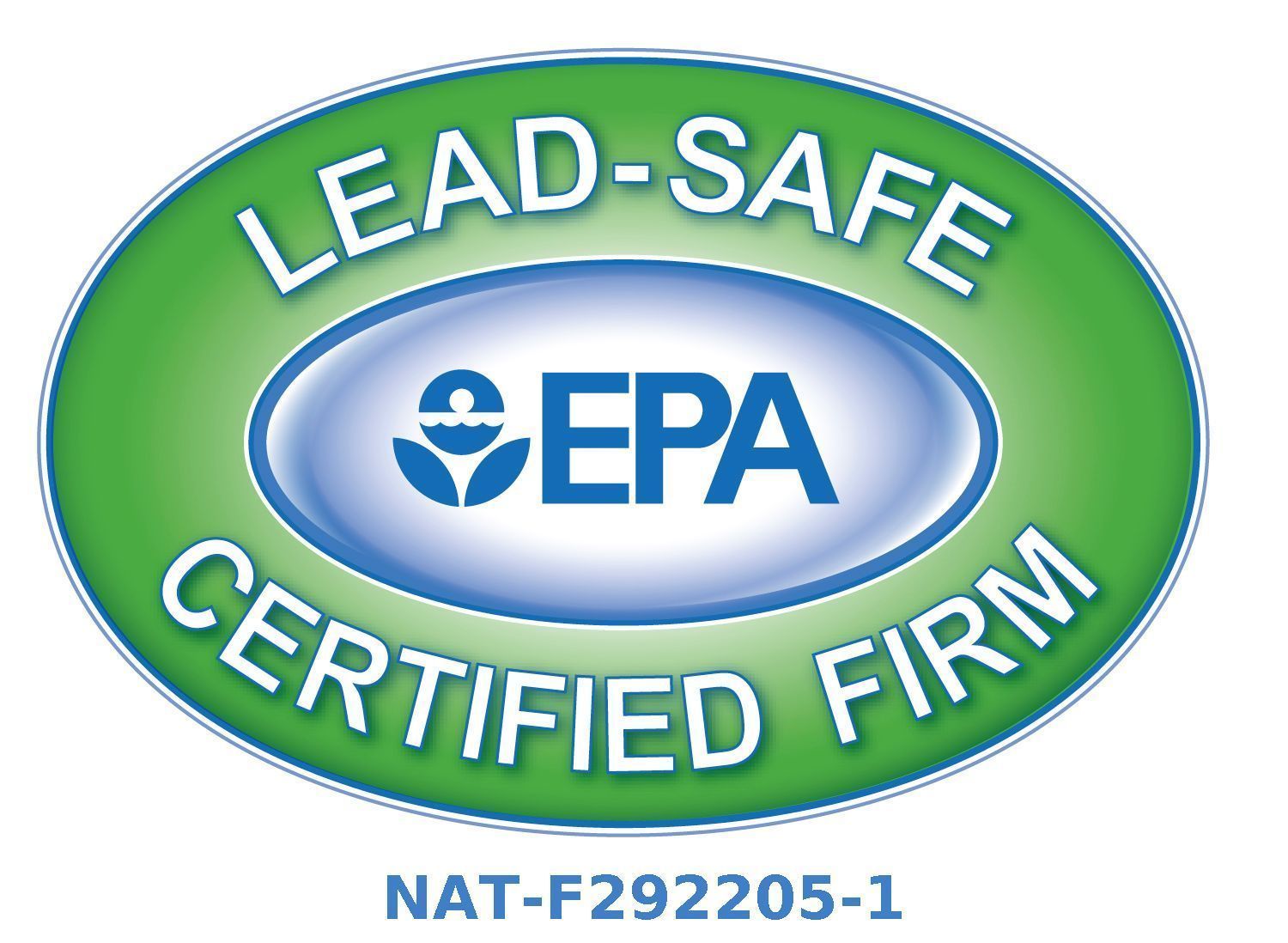3 Ways Generator Services Can Protect Your Home and Family
Power outages can strike without warning, disrupting your daily routine and compromising your safety. With an increase in severe weather and grid instability, backup power has become more of a necessity than a luxury. Generator companies offer services that provide peace of mind and ensure your home or business can continue operating during unexpected blackouts. From protecting vital appliances to maintaining home security, reliable generator solutions can be a critical lifeline.
1. Maintain Power During Emergencies
Unexpected power outages can leave your home without heat, lighting, or communication. Generator companies help safeguard your household by ensuring an uninterrupted power supply when the grid goes down. Whether it’s freezing temperatures, wildfires, or windstorms, a professionally installed generator can keep your essential systems running smoothly.
According to Reuters, the U.S. experienced 1.2 billion outage hours in just the first nine months of 2024. That staggering number underscores the growing need for reliable backup power. When you partner with experts, you receive customized solutions based on your energy needs and property layout—ensuring your generator is ready to activate the moment it's needed.
2. Preserve Perishables and Critical Equipment
One of the most immediate consequences of a power outage is the loss of refrigerated goods. Food spoilage can quickly become a costly problem, and even a few hours without electricity can destroy an entire supply of groceries in your home. Generator companies ensure that refrigerators, freezers, and even medical equipment stay powered through prolonged blackouts.
By working with experienced professionals, homeowners can choose and install systems that provide seamless, automatic transitions from grid to backup power. This convenience removes the stress of manually starting generators or worrying about when the power will return.
3. Protect Your Home’s Security
Without electricity, your home security system, exterior lighting, and Wi-Fi connections may all go offline. This creates an opening for theft or other safety hazards. Generator companies help mitigate this risk by keeping security systems operational, even when the power is out for extended periods.
Reliable backup power ensures continued access to smart home devices, alarms, and cameras, preserving the safety of your family and property during vulnerable times.
For those in Western Montana, Anchor Electric Contracting Corp offers trusted generator installation and a wide range of electrical services, including residential and commercial wiring, EV charger installation, and private utility locating. Locally owned and operating since 2010, their team brings over 100 years of combined experience and provides 24/7 emergency services, free estimates, and long-term solutions that keep your home powered and protected.
